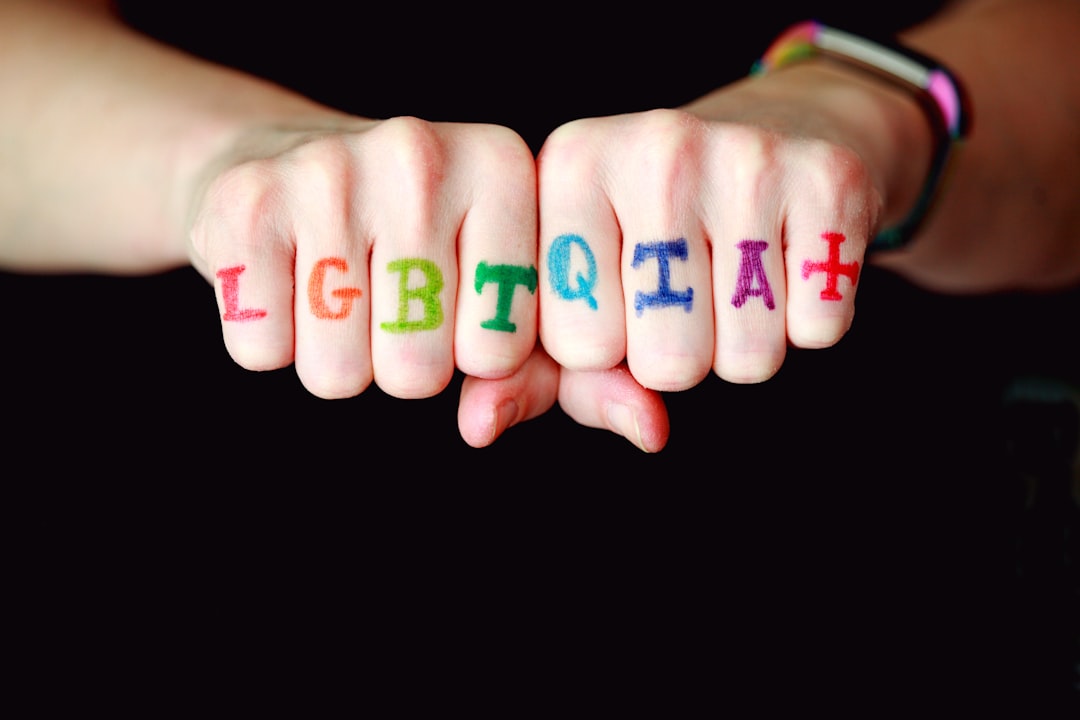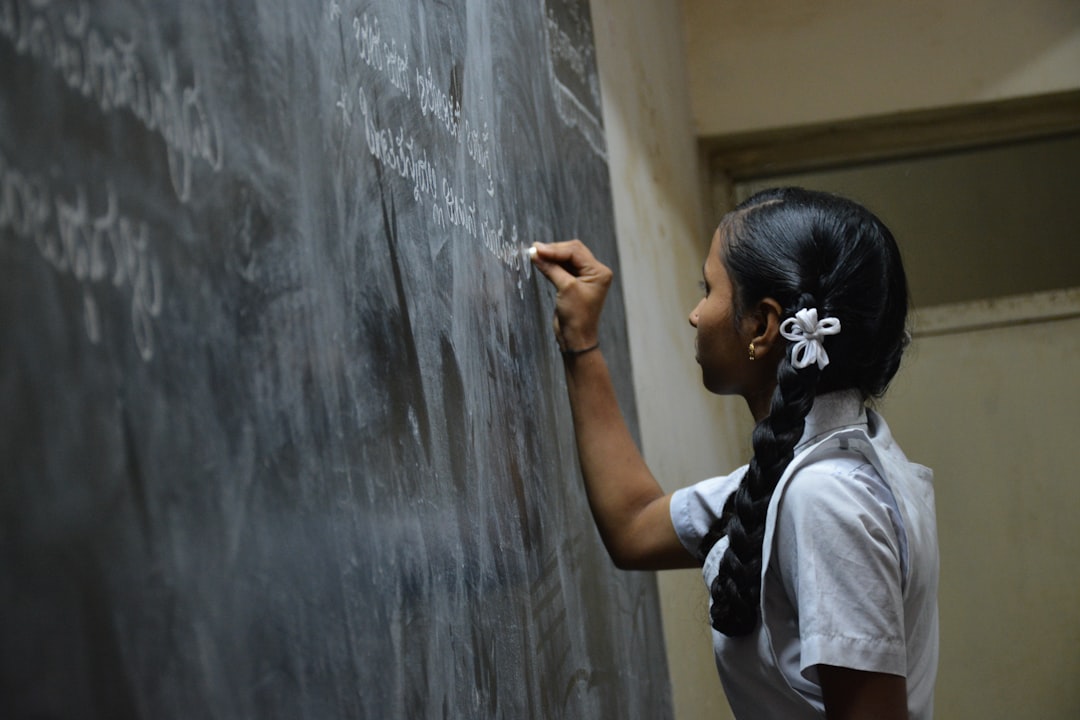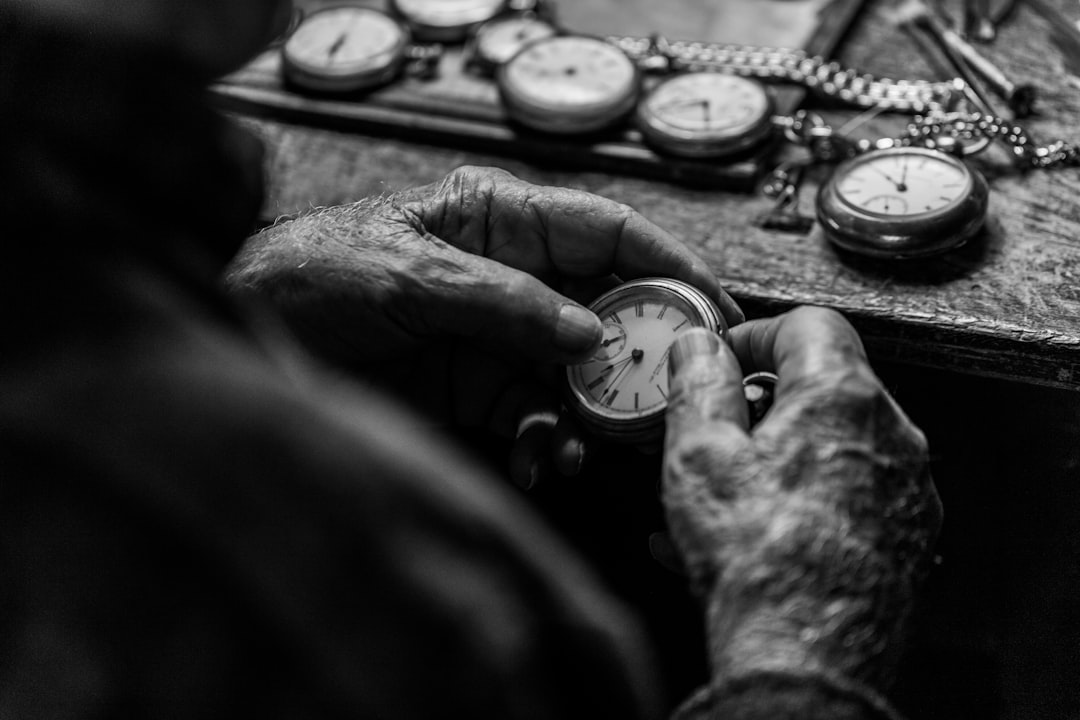What is it about?
This article explores the potential for music making activities such as jamming, song writing, and performance to act as a medium for intercultural connection and relationship building during service learning programs with Indigenous communities in Australia. To set the context, the paper begins with an overview of current international perspectives on service learning and then moves towards a theoretical and practical discussion of how these processes, politics, and learning outcomes arise when intercultural engagement is used in service learning programs. The paper then extends this discussion to consider the ways in which shared music making can bring a sense of intercultural “proximity” that has the potential to evoke deep learning experiences for all involved in the service learning activity. These learning experiences arise from three different “facings” in the process of making music together: facing others together; facing each other; facing ourselves.
Featured Image
Why is it important?
By looking at the ways in which shared music making brings participants in this program “face to face”, we explore how this proximity leads to powerful learning experiences that foster mutual appreciation, relationship building, and intercultural reconciliation.
Perspectives
In order to flesh out how these theoretical ideas work in practice, the article draws on insights and data from Queensland Conservatorium Griffith University’s award winning Winanjjikari Service Learning Program, which has been running in partnership with Barkly Regional Arts and Winanjjikari Music Centre in Tennant Creek since 2009. This program involves annual service learning trips where university music students travel to Central Australia to work alongside Aboriginal and non-Indigenous musicians and artists on a range of community-led projects.
Professor Brydie-Leigh Bartleet
Queensland Conservatorium Griffith University
Read the Original
This page is a summary of: Enhancing intercultural engagement through service learning and music making with Indigenous communities in Australia, Research Studies in Music Education, October 2016, SAGE Publications,
DOI: 10.1177/1321103x16667863.
You can read the full text:
Contributors
The following have contributed to this page










